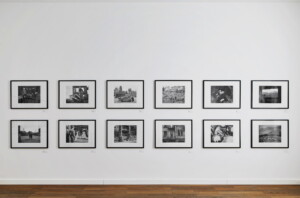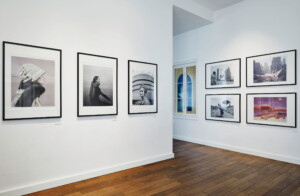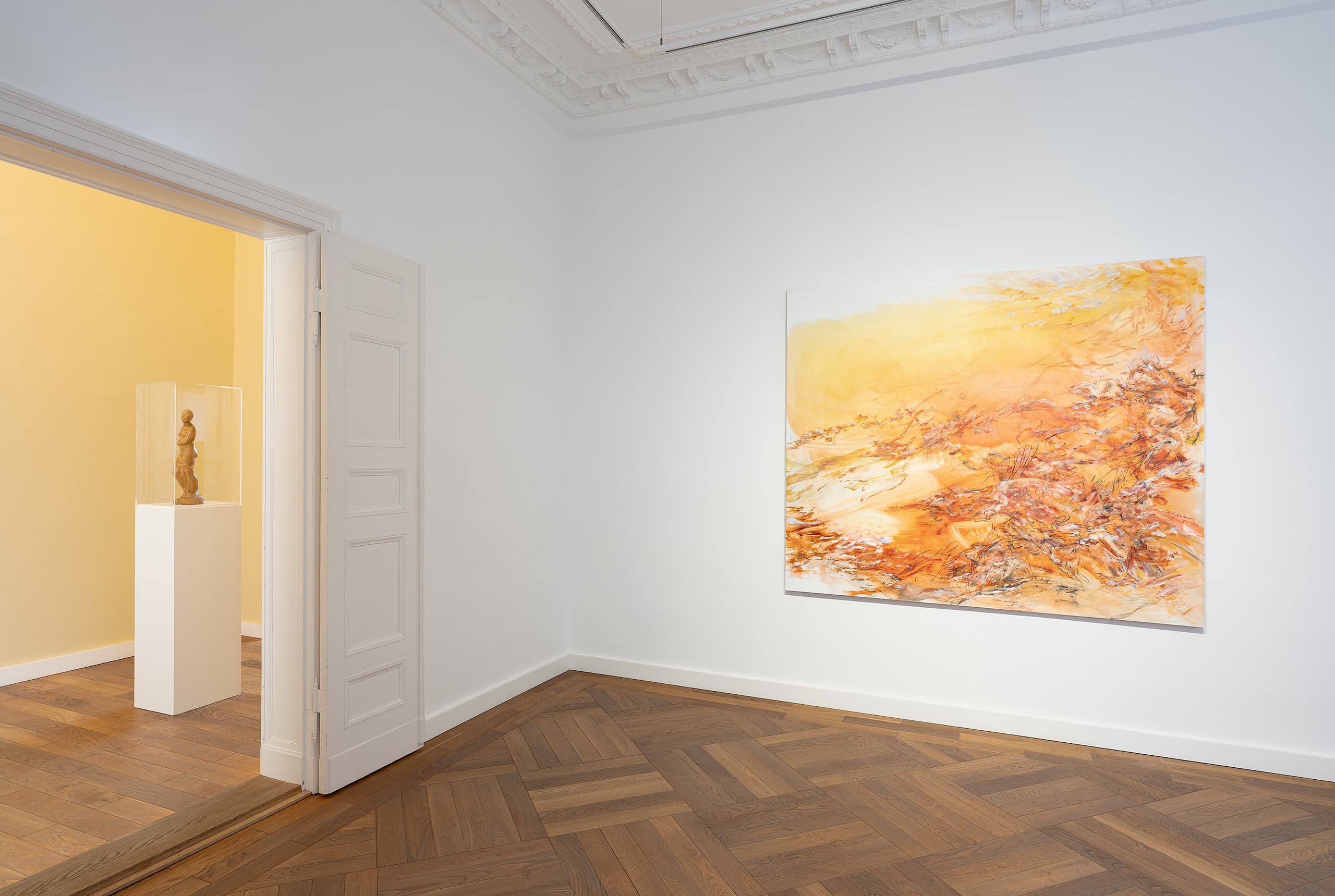A life for moments
From August 9th to September 9th, 2018, Villa Schöningen exhibited “A Life for Moments” featuring 120 photos by the 95-year-old New York photographer Tony Vaccaro. He is the last living significant chronicler of World War II and post-war Germany.
Later in his career, he worked for prominent magazines such as Life, Look, and Flair. His fashion and portrait photographs became renowned worldwide. During that era, photo stories were events, and photojournalists were the storytellers of their time. Vaccaro was among the most brilliant, one of the last great magicians of the “Golden Age of Photography.”
A life focused on capturing the decisive, fleeting moment. Realistic, familiar, intimate. Vaccaro didn’t just witness events; he was in the midst of them when taking his photos. His life counted tens of thousands of these photographic moments.
It’s the professionalism, the attitude, and the artistic ability of the photojournalist to capture both the authentic and the magical moment simultaneously that turn a photo into a unique, compelling story. An attentive and story-hungry audience awaited these photos, absorbing them month after month.
Through Vaccaro’s lens, we saw Picasso, Max Ernst, and Georgia O’Keeffe. Peggy Guggenheim, Grace Kelly, and Sophia Loren, along with John F. Kennedy, Maria Callas, and Frank Lloyd Wright.
These images have an enduring impact, icons of photojournalism, snapshots of entire generations, which, in today’s age of quick photos, selfies, the internet, and its flood of information and images, resonate all the more intensely in their own style and spirit.
Vaccaro’s remarkable career as a photojournalist began in 1944 on the shores of Omaha Beach in Normandy as a soldier in the 83rd Infantry Division. D-Day meant having an M1 rifle in one hand and an Argus C-3 camera in the other. He captured thousands of photos during his journey across Europe, providing a unique documentation of life and death during World War II.
He remained in Europe until 1949. As a photographer for The Stars and Stripes, the U.S. Army newspaper, he became a chronicler of the post-war period, the early years of peace, especially the shattered yet slowly hopeful Germany. Through his distinctive perspective on the “Zero Hour,” he documented German cultural history in all its facets up to the founding of the Federal Republic. After the war, Vaccaro was drawn to his second home, Italy, where he lived from 1925–39, and where his parents hailed from. Extraordinary photos emerged, “La Mia Italia,” deeply influenced by the spirit of neorealism.
Upon returning to the USA, Vaccaro launched his third career as a fashion and portrait photographer in New York. His photo stories graced the pages of major glamour magazines for three decades. In his photographs of the Twin Towers in his hometown of New York, Vaccaro completed a circle. His initial shots were taken during the planning phase of the World Trade Center, and his final shots were on September 11, 2001, when the Twin Towers were engulfed in flames. Over half a century after documenting the war, he once again captured images of destruction.
Tony Vaccaro will be present at the grand summer festival on September 2nd at Villa Schöningen. On the same day, the documentary film about Tony Vaccaro’s life’s work will be screened at Villa Schöningen, and it will also be broadcast on rbb that day.
 © Villa Schöningen
© Villa Schöningen
 © Villa Schöningen
© Villa Schöningen
 © Villa Schöningen
© Villa Schöningen
 © Villa Schöningen
© Villa Schöningen





